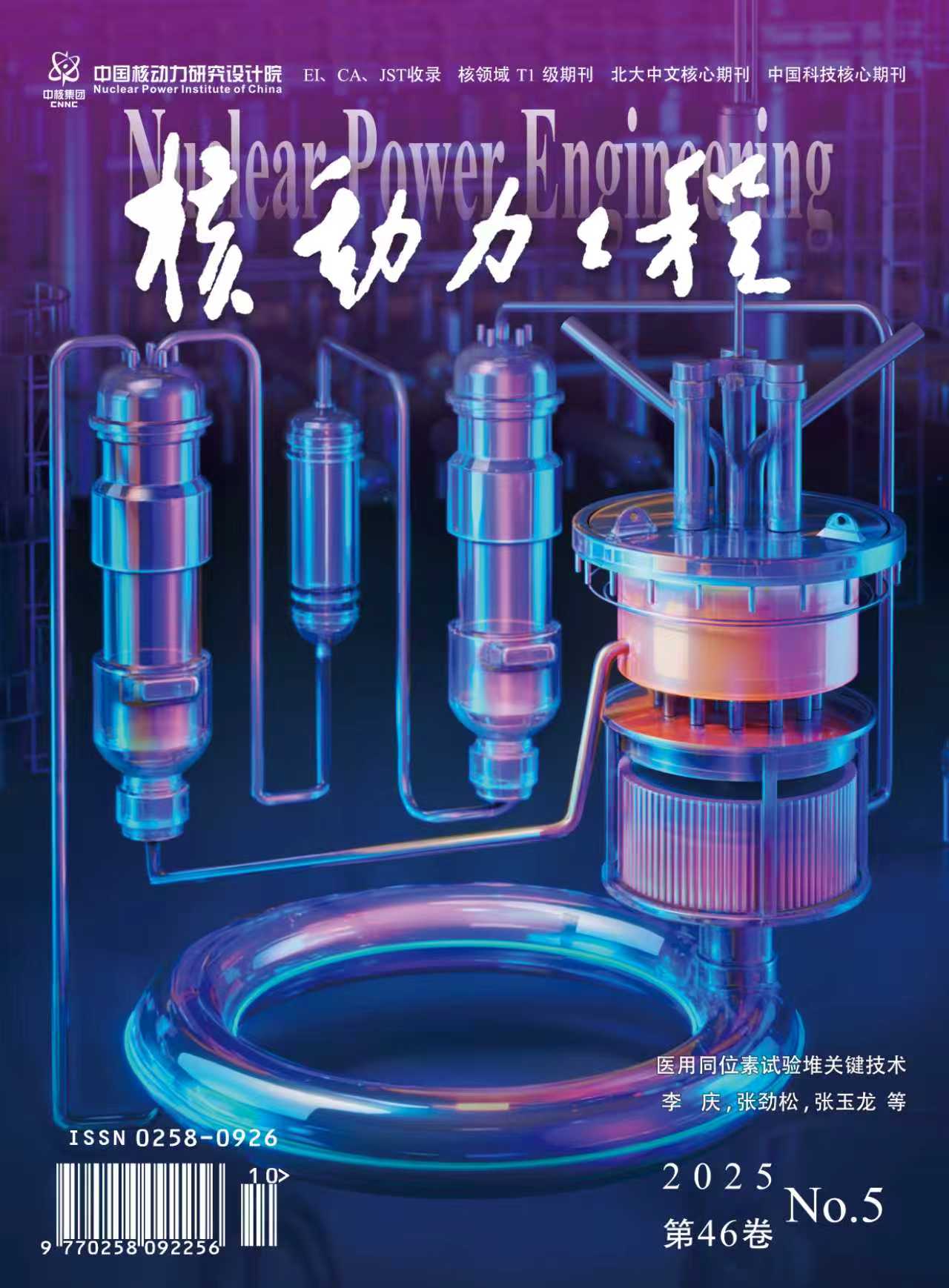Abstract:
The hygroscopic growth of soluble aerosols (hereinafter referred to as aerosols) is one of the key factors affecting the dynamic behavior of radioactive products in serious nuclear reactor accidents. In this paper, the theoretical model of hygroscopic growth, experimental measurement scheme and research progress of hygroscopic growth in nuclear safety field are summarized. Based on Köhler theory, aerosol hygroscopic growth theoretical model in the field of nuclear safety describes the relationship between aerosol thermophysical parameters and environmental parameters in the process of hygroscopic growth. On this basis, a variety of improved models are more suitable for the analysis of practical problems, and have been widely used in nuclear safety aerosol calculation programs such as NAUA-HYGROS and MELCOR. Experimental measurement is also an important means to study the hygroscopic growth characteristics of aerosols. Compared with the gravimetric method, which can measure the overall hygroscopic ability of aerosols, but the results are relatively rough, the power balance method and the HTDMA method have higher accuracy, and can measure the hygroscopic ability of single particles and multimodal particle groups in real time, and have potential application prospects in the experimental study of the aerosol hygroscopic growth characteristics of nuclear accidents. At the end of this paper, the existing applied researches on hygroscopic growth in the field of serious nuclear accidents are summarized, including the theoretical model and numerical application of typical aerosol hygroscopic growth in nuclear accidents, and the experimental study of hygroscopic growth. Numerical studies show that incorporating aerosol hygroscopic growth characteristics into the aerosol calculation program of nuclear accident can achieve more accurate prediction and analysis of aerosol behavior after nuclear accident. The hygroscopic growth characteristics of CsOH, CSI and other typical nuclear accident aerosols were obtained by relevant experiments.



